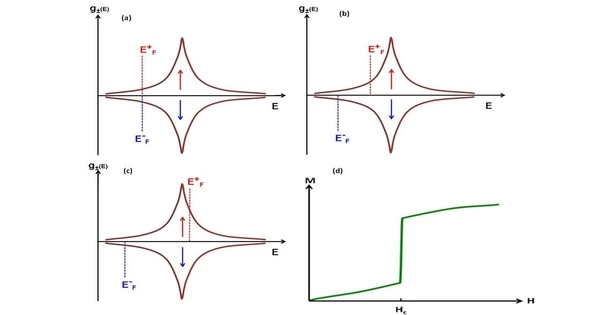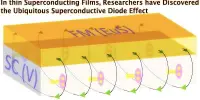When a material is exposed to a magnetic field, it exhibits a sudden increase in magnetization, which is known as metamagnetism. This behavior has been observed in some materials that are undergoing a phase transition from a low magnetization state to a high magnetization state as a result of an external stimulus, such as temperature or pressure changes.
There are two types of metamagnetic materials: first-order metamagnets and second-order metamagnets. As the magnetic field is increased, first-order metamagnets show a sharp increase in magnetization, whereas second-order metamagnets show a more gradual increase in magnetization.
The term “metamagnetism” was first coined by the physicist John Hasbrouck Van Vleck in the early 1930s to describe the unusual magnetic properties of certain materials. These materials exhibit a relatively low magnetization in the absence of an applied magnetic field, but when a magnetic field is applied, their magnetization increases dramatically, sometimes by a factor of ten or more.
Metamagnetism is a sudden (often, dramatic) increase in the magnetization of a material with a small change in an externally applied magnetic field. The metamagnetic behavior may have quite different physical causes for different types of metamagnets. Some examples of physical mechanisms leading to metamagnetic behavior are:
- Itinerant metamagnetism – Exchange splitting of the Fermi surface in a paramagnetic system of itinerant electrons causes an energetically favorable transition to bulk magnetization near the transition to a ferromagnet or other magnetically ordered state.
- Antiferromagnetic transition – Field-induced spin flips in antiferromagnets cascade at a critical energy determined by the applied magnetic field.
Metamagnetism may be related to a first-order phase transition, a continuous phase transition at a critical point (classical or quantum), or crossovers beyond a critical point that do not involve a phase transition at all. These wildly different physical explanations sometimes lead to confusion as to what the term “metamagnetic” is referring to in specific cases.
The exact mechanism of metamagnetism is not yet fully understood, but it is believed to be related to the way that the electrons in the material respond to the magnetic field. In some cases, the magnetic field can cause a change in the alignment of the electron spins, leading to a sudden increase in magnetization.
Application
Metamagnetic materials have potential applications in various fields, including magnetic refrigeration, magnetic field sensors, and magnetic data storage. Researchers are also investigating the use of metamagnetic materials in spintronics, which is a field of electronics that utilizes the spin of electrons in addition to their charge.
















